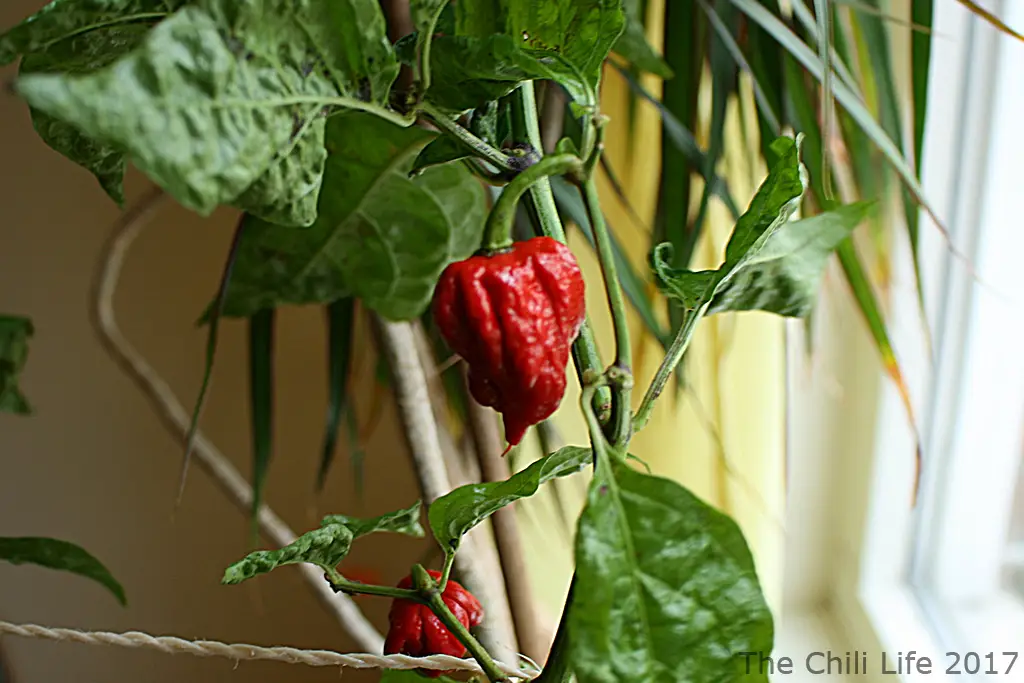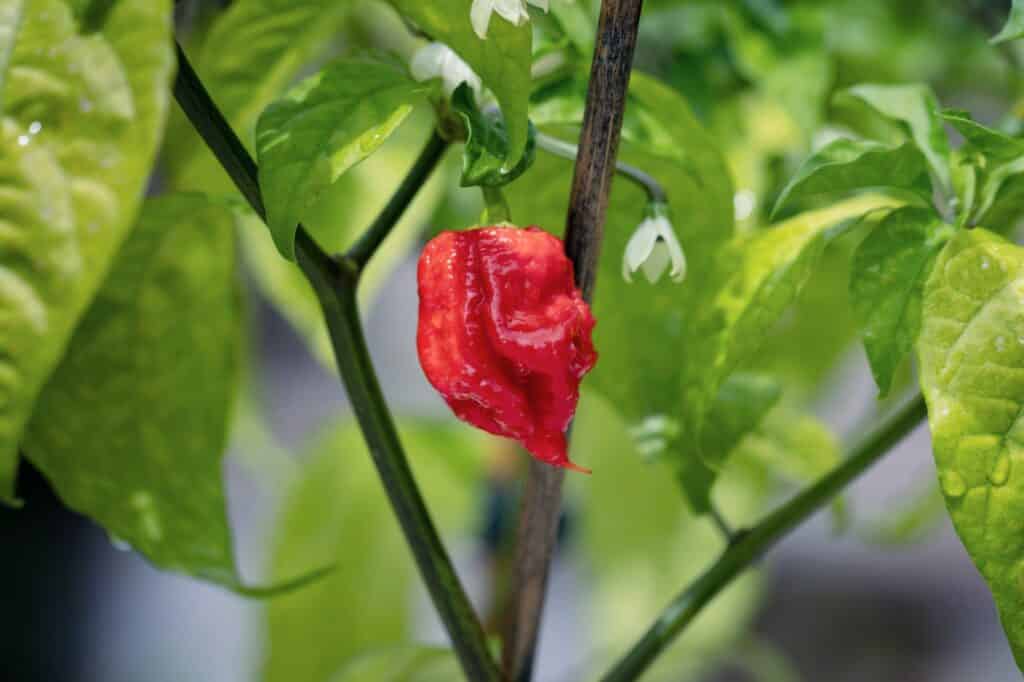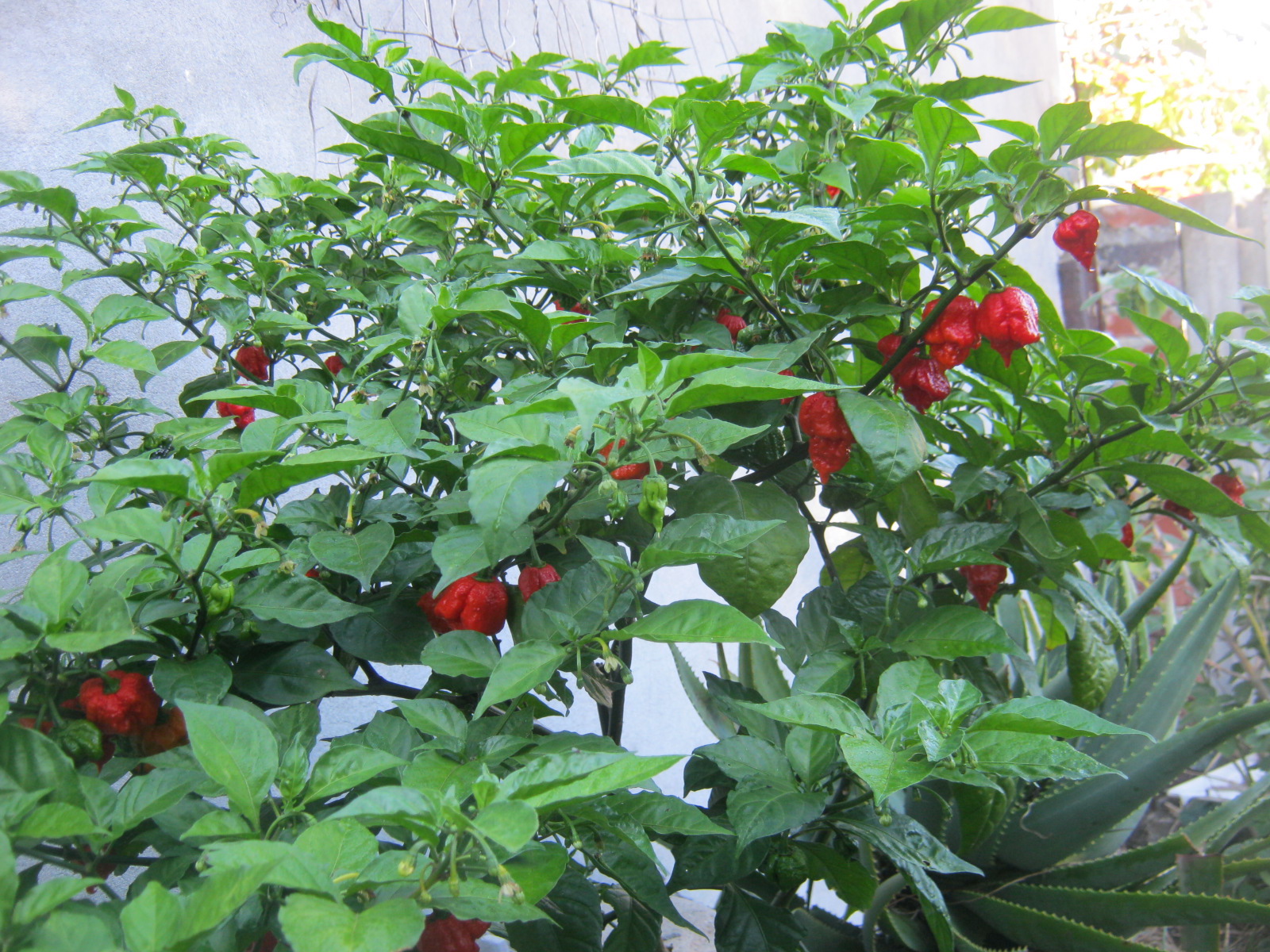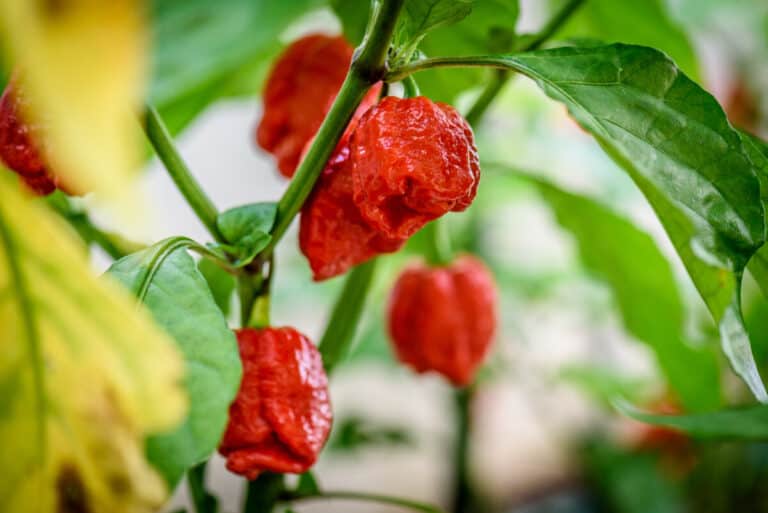Unlocking the Secrets of Indoor Pepper Growing
The Carolina Reaper, currently recognized as the world’s hottest pepper by the Guinness World Records, is a challenging yet rewarding variety to grow indoors. With its unique characteristics, such as its intense heat and distinctive shape, the Carolina Reaper requires specific conditions to thrive. Growing Carolina Reapers indoors offers several benefits, including year-round production, pest control, and the ability to control temperature and humidity levels. Can you grow Carolina Reapers indoors? With the right techniques and equipment, the answer is yes. Indoor growing allows for better control over the environment, reducing the risk of pests and diseases, and enabling growers to produce high-quality peppers throughout the year. By understanding the specific needs of Carolina Reaper plants, growers can overcome the challenges of indoor growing and enjoy a bountiful harvest of these fiery peppers.
https://www.youtube.com/watch?v=b6Xui9uU2MU
How to Create the Perfect Indoor Environment for Carolina Reapers
Creating a suitable indoor environment is crucial for growing healthy and thriving Carolina Reaper plants. Temperature, humidity, and light conditions all play a critical role in the development of these peppers. Carolina Reapers require a warm and humid environment, with temperatures ranging from 75°F to 85°F (24°C to 30°C) during the day and no lower than 65°F (18°C) at night. To achieve this, growers can use heating mats, space heaters, or central heating systems. Humidity levels should be maintained between 50% and 70% to prevent water stress and promote healthy growth. This can be achieved through the use of humidifiers or by placing the plants on a tray filled with water and pebbles. Lighting is also essential, with Carolina Reapers requiring at least 12 hours of direct light per day. Grow lights, such as LED or HPS lights, can be used to supplement natural light and provide the necessary spectrum for plant growth. By providing the right temperature, humidity, and light conditions, growers can create an ideal indoor environment for their Carolina Reaper plants to thrive.
Selecting the Right Soil and Fertilizers for Indoor Carolina Reaper Growing
When it comes to growing Carolina Reapers indoors, using high-quality soil and fertilizers specifically designed for indoor pepper growing is crucial. The soil should be well-draining, rich in organic matter, and have a pH between 6.0 and 7.0. A good quality potting mix can be used, or growers can create their own mix using a combination of peat moss, vermiculite, and perlite. Fertilizers should be balanced, with a ratio of 10-10-10 (nitrogen-phosphorus-potassium), and should be applied according to the manufacturer’s instructions. Organic fertilizers, such as fish emulsion or compost tea, can also be used as a more natural alternative. Additionally, growers can use DIY alternatives, such as eggshells or coffee grounds, to add calcium and nitrogen to the soil. By using the right soil and fertilizers, growers can provide their Carolina Reaper plants with the necessary nutrients for healthy growth and maximum pepper production. Remember, can you grow Carolina Reapers indoors? With the right soil and fertilizers, the answer is yes.
Propagating Carolina Reaper Seeds Indoors: A Step-by-Step Guide
Starting Carolina Reaper seeds indoors can be a challenging task, but with the right techniques and materials, growers can increase their chances of success. To begin, seeds should be sown 1/4 inch deep in a seed starting mix, with a temperature of around 80°F (27°C) to promote germination. Keep the soil consistently moist, but not waterlogged, and provide indirect light. Once germinated, seedlings should be transplanted into individual pots, with a well-draining potting mix and a slightly larger pot. During this stage, it’s essential to maintain high humidity and temperatures between 75°F to 85°F (24°C to 30°C). Can you grow Carolina Reapers indoors? With proper propagation, the answer is yes. Some common issues that may arise during propagation include low germination rates, slow growth, and fungal infections. To troubleshoot these issues, growers can try using a heating mat, increasing air circulation, and treating with fungicides. By following these steps and troubleshooting common issues, growers can successfully propagate Carolina Reaper seeds indoors and set themselves up for a bountiful harvest.
Pruning and Training Carolina Reaper Plants for Maximum Yield
Pruning and training Carolina Reaper plants are crucial steps in promoting healthy growth and maximizing pepper production. Pruning helps to control the plant’s shape, encourages bushy growth, and increases fruiting. It’s essential to prune the plant when it reaches around 6-8 inches tall, removing lower leaves and weak growth. This process should be repeated throughout the plant’s life, removing any dead or diseased leaves and stems. Training the plant using a trellis or cage also helps to keep it upright and encourages better fruiting. Can you grow Carolina Reapers indoors? With proper pruning and training, the answer is a resounding yes. When pruning, growers should make clean cuts using sterile scissors or pruning shears, and remove any weak or spindly growth. This will help to direct the plant’s energy towards producing more peppers. Additionally, providing support for the plant using a trellis or cage will help to keep it upright and promote better fruiting. By pruning and training their Carolina Reaper plants, growers can expect a bountiful harvest of hot and flavorful peppers.
Pest Control and Disease Prevention for Indoor Carolina Reaper Growing
When growing Carolina Reapers indoors, pest control and disease prevention are crucial to ensure a healthy and thriving plant. Common pests that can affect indoor Carolina Reaper plants include spider mites, mealybugs, and aphids. These pests can cause damage to the plant’s leaves and stems, reducing pepper production and overall plant health. To prevent pest infestations, growers can use organic control methods such as neem oil, insecticidal soap, and horticultural oil. Chemical control methods, such as pyrethrin and permethrin, can also be effective. Can you grow Carolina Reapers indoors? With proper pest control and disease prevention, the answer is yes. In addition to pest control, growers should also be aware of common diseases that can affect indoor Carolina Reaper plants, such as root rot, leaf spot, and powdery mildew. These diseases can be caused by overwatering, poor air circulation, and high humidity. To prevent disease, growers should ensure good air circulation, avoid overwatering, and maintain a clean growing environment. By taking preventative measures and being proactive in monitoring for pests and diseases, growers can minimize the risk of infestation and ensure a healthy and productive indoor Carolina Reaper plant.
Harvesting and Preserving Your Indoor-Grown Carolina Reaper Peppers
When growing Carolina Reapers indoors, harvesting and preserving the peppers is a crucial step in enjoying the fruits of your labor. Can you grow Carolina Reapers indoors? With proper harvesting and preservation techniques, the answer is a resounding yes. Carolina Reaper peppers are typically ready to harvest within 120 to 150 days of sowing. To determine if the peppers are ripe, gently tug on the pepper. If it comes off the plant easily, it’s ready to harvest. Handle the peppers carefully to avoid damaging them, as they can be fragile. Once harvested, Carolina Reaper peppers can be preserved through various methods, including drying, freezing, and pickling. Drying is a popular method, as it helps to concentrate the pepper’s heat and flavor. Freezing is another option, which helps to preserve the pepper’s texture and flavor. Pickling is also a great way to preserve Carolina Reaper peppers, adding a tangy flavor to the peppers. By harvesting and preserving your indoor-grown Carolina Reaper peppers, you can enjoy their intense heat and flavor throughout the year.
Troubleshooting Common Issues in Indoor Carolina Reaper Growing
When growing Carolina Reapers indoors, it’s not uncommon to encounter certain issues that can affect the health and productivity of the plants. Can you grow Carolina Reapers indoors? With the right troubleshooting techniques, the answer is yes. One common issue is slow growth, which can be caused by inadequate light, temperature fluctuations, or poor soil quality. To address slow growth, ensure that the plants are receiving sufficient light, maintain a consistent temperature between 75-85°F (24-29°C), and use high-quality soil specifically designed for indoor pepper growing. Another issue is yellowing leaves, which can be caused by overwatering, underwatering, or nutrient deficiencies. To prevent yellowing leaves, monitor the soil moisture levels, adjust watering schedules accordingly, and provide balanced fertilizers. Pest infestations are also a common problem, which can be caused by poor air circulation, high humidity, or contaminated soil. To prevent pest infestations, maintain good air circulation, reduce humidity levels, and use organic pest control methods such as neem oil or insecticidal soap. By being aware of these common issues and taking preventative measures, indoor Carolina Reaper growers can minimize the risk of problems and enjoy a successful harvest.







